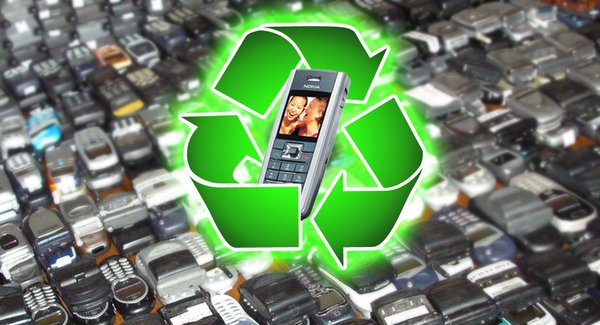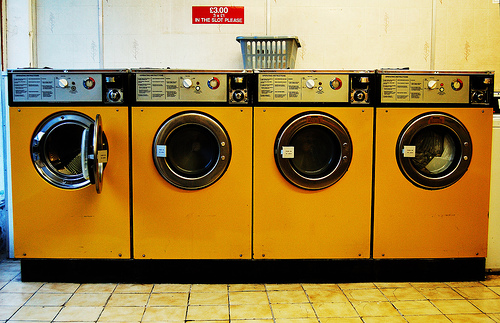When it comes to protecting the planet, we’ve come a long way from the days that rivers would catch on fire due to all of the trash in them. Technology in particular has paved the way for the green movement, both by becoming more eco-friendly and by offering new, planet-friendly options. Here’s a look at some of the technology that is becoming more eco-friendly.
Cell Phones
Cell phones are one of the most prevalent technologies in the world with more than half of the population owning one. Older cell phones tended to be very inefficient with batteries that didn’t last very long and were made with hazardous materials. Now cell phone manufacturers are working on creating phones with recycled materials and can be charged with solar power. Recycling old phones has also gotten easier with some companies even willing to pay cash for an old phone.

Cars
While many people still only think of the Prius or Chevy Volt when they think of eco-friendly cars, several manufacturers have come out with hybrid cars. The 2013 Volkswagen Jetta is a gas-electric hybrid that gets 45 mpg and is one of the most affordable options on the market starting around $15,000. The Lincoln MKZ combines a hybrid system will all of the modern luxuries, including a touch screen infotainment system and a sleek interior and exterior. Ford also transformed its popular model, the Focus, into an electric vehicle with a 76-mile range.
Water Heaters
Traditional storage water heaters are very inefficient, as they maintain a huge tank of water at a certain temperature all of the time, and these tanks are prone to energy loss. Tankless water heaters, which are popular in Europe, heat the water instantaneously rather than storing it, reducing energy consumption from 20 to 30 percent. Standby energy loss is also completely eliminated in this setup.
Refrigerators and Freezers
Refrigerators and freezers have made by far the most progress when it comes to energy efficiency in home appliances. In fact, refrigerators manufactured since July 2001 have been found to use 60 percent less energy than those manufactured in the 1990s. Manufactures have made improvements by designing better compressors, condensers and fan motors as well as injecting foam to insulate rather than using sheet insulation.
Washing Machine
Washing machines can take a heavy toll on the environment by using a lot of hot water, but the new horizontal-axis washers are much more water-efficient, potentially saving up to $100 per year on utility bills. These washers use ? less water than their traditional counterparts and require less detergent and heating energy—all while handling larger loads.
Clothes Dryer
Driers are huge consumers of electricity, but new dryers come with moisture sensors that will shut the dryer off as soon as the clothes are dry, thus reducing energy consumption and the chance of exposing your clothes to too much heat.
Automated Warehouses
Many production and shipping companies have started using automated warehouses to speed up the process and make it more efficient. Not only are these systems fun to watch and use cool technology like automatic labeling, but they are better for the environment too. An automated system generally takes up less land to operate, and as a result consumes less energy for lighting and cooling, produces less waste and maintenance costs, and offers safety benefits to workers.